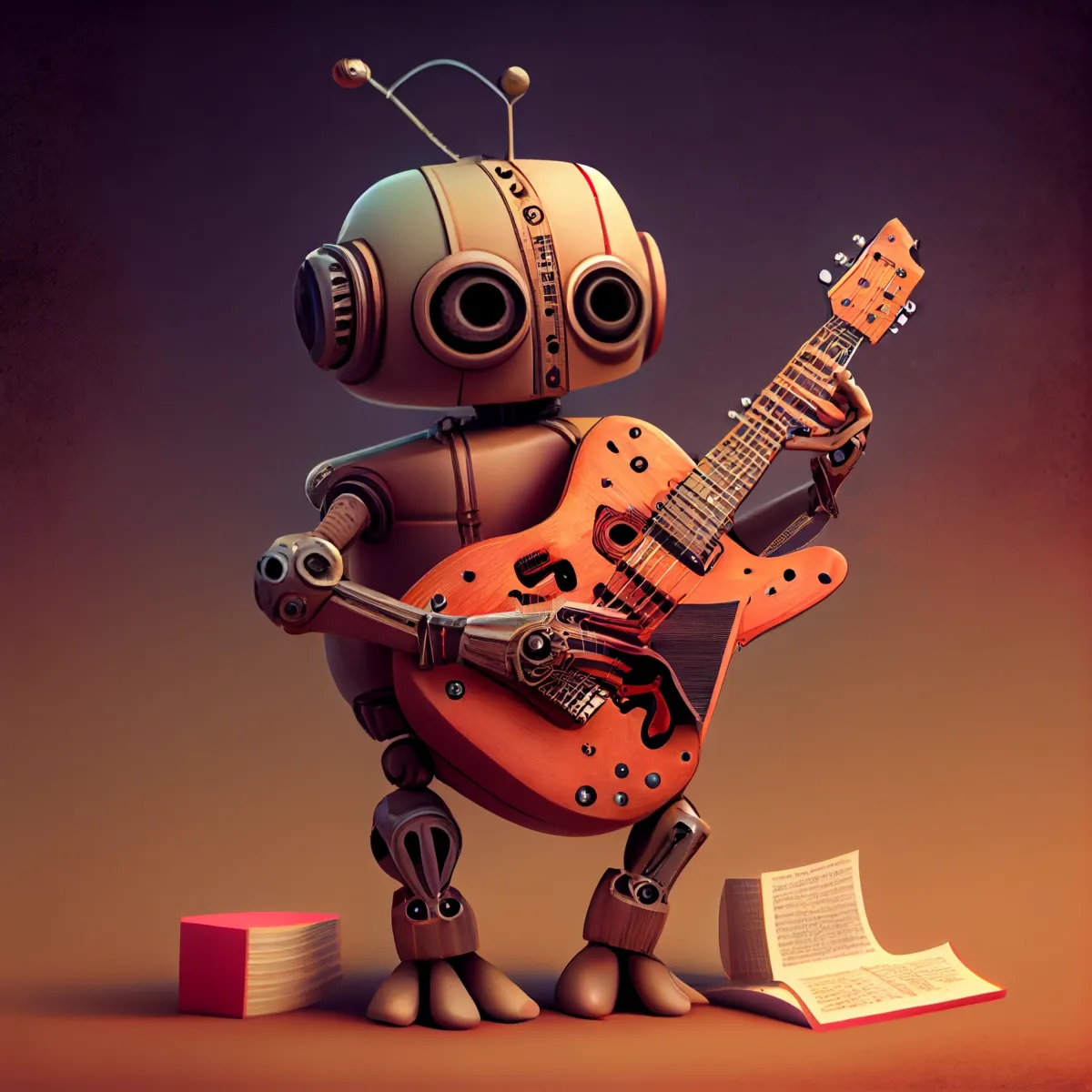Transcribing Music with AI: Challenges and Opportunities

Music transcription is the process of converting audio recordings of music into a written or visual representation, such as sheet music or a MIDI file. Traditionally, this has been a labor-intensive and time-consuming task that requires a skilled musician to listen to the recording and transcribe it by hand. However, with the advent of AI and machine learning, it is now possible to automate and accelerate the music transcription process.
Algorithms
There are several algorithms that can be used for AI music transcriptions, including hidden Markov models and artificial neural networks. Hidden Markov models are a type of statistical model that can be used to predict the likelihood of certain sequences of musical notes, while artificial neural networks are a type of machine learning algorithm that can be trained to recognize patterns in musical data. Other algorithms that may be used for music transcription include support vector machines and decision trees. Ultimately, the specific algorithm or combination of algorithms used will depend on the specific task at hand and the goals of the transcription system.

AI algorithms can analyze audio recordings and identify musical elements such as pitches, rhythms, and timbres. These algorithms can then generate a written or visual representation of the music, either by transcribing the notes played by individual instruments or by generating a MIDI representation of the music. This allows for faster and more accurate transcription of music, making it easier for musicians and music enthusiasts to access and analyze musical recordings.
Challenges
There are several key challenges in using AI for music transcription, however. One of the biggest challenges is that music is a complex and nuanced art form, and it can be difficult for algorithms to accurately capture the subtleties and nuances of human performance. Another challenge is that different musical styles and genres have their own unique characteristics, and an AI system may not be able to accurately transcribe music outside of its training data.
Despite these challenges, AI is making significant progress in the field of music transcription. There are already several commercial and open-source tools available that use AI to transcribe music, and this technology is continuing to evolve and improve. As AI algorithms become more advanced and able to handle complex musical styles, it is likely that music transcription will become increasingly automated and accessible, benefiting musicians and music enthusiasts alike.
Human ear transcriptions or AI transcriptions?
Human ear transcriptions are considered to be more accurate and nuanced, as a skilled musician can identify and transcribe the subtleties and nuances of a musical performance that may be difficult for an AI algorithm to capture. However, human ear transcriptions are also more time-consuming and labor-intensive, and they may not be practical for transcribing large amounts of music or for transcribing complex or fast-paced music.
- Human ear transcriptions are generally considered to be more accurate and nuanced than AI transcriptions or other automated methods. A skilled musician can identify and transcribe the subtleties and nuances of a musical performance that may be difficult for an AI algorithm to capture.
- Human ear transcriptions can also handle a wider range of musical styles and genres, as a human transcriber can adapt to the unique characteristics of different musical styles and interpret the music in a way that is faithful to the original performance.
- Human ear transcriptions can provide a more personalized and flexible approach to transcription, as a human transcriber can work with the musician or composer to understand their specific needs and goals and tailor the transcription to their requirements.
- Human ear transcriptions can also be a valuable learning experience for musicians and music students, as transcribing music by hand can help improve their musical skills and deepen their understanding of music theory and composition.
AI transcriptions, on the other hand, are generally faster, and they can be used to transcribe large amounts of music quickly. AI transcriptions may not be as accurate or nuanced as human ear transcriptions, but they are improving rapidly and are becoming increasingly capable of transcribing complex musical styles and genres.
Service Recommendation
Human Transcription

- PaidTabs: offers transcription services by professional musicians, with support for a wide range of instruments and styles. You get high quality note-for-note music transcriptions of any tune for affordable price.
AI Transcription Services
There are several AI music transcription software tools available that use machine learning algorithms to transcribe audio recordings of music into written or visual representations. Some examples of AI music transcription software include:
- Audiveris: An open-source music transcription software that uses AI algorithms to transcribe music from audio recordings or scanned sheet music into MIDI or MusicXML files.
- Melody Scanner: A commercial software tool that uses AI to transcribe melodies from audio recordings into sheet music, with support for multiple instruments and clefs.
- Endlesss: An AI-powered music collaboration platform that includes a music transcription tool that can transcribe melodies from audio recordings into MIDI files.
- Sonic Visualiser: An open-source software tool for music analysis and transcription that includes a plugin for using machine learning algorithms to transcribe music from audio recordings.
